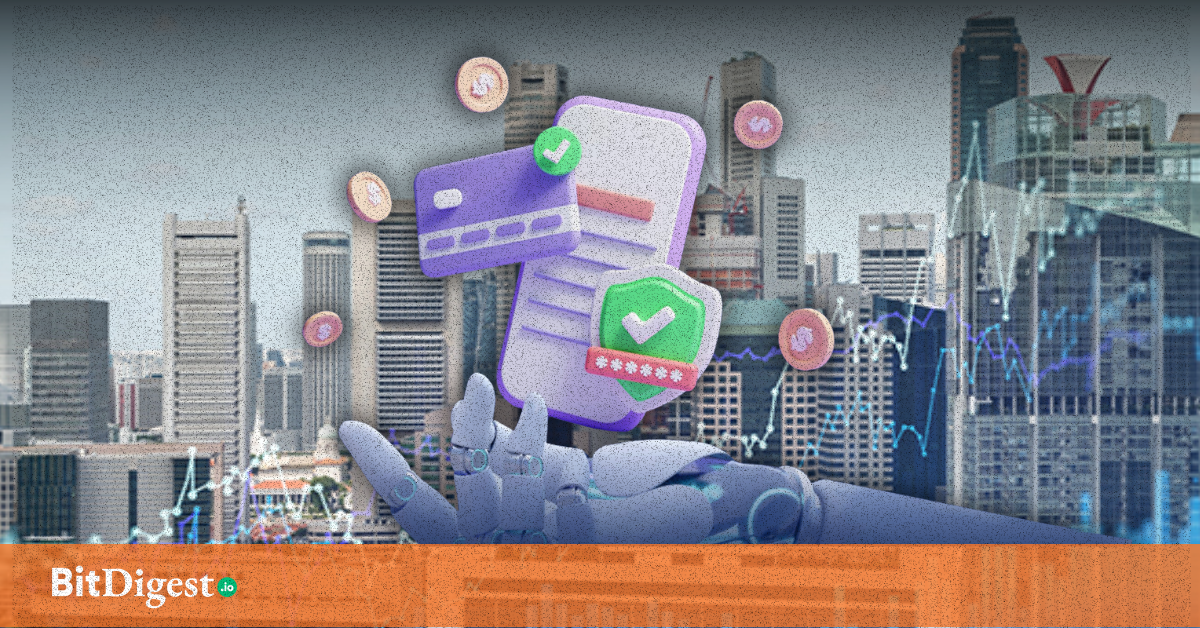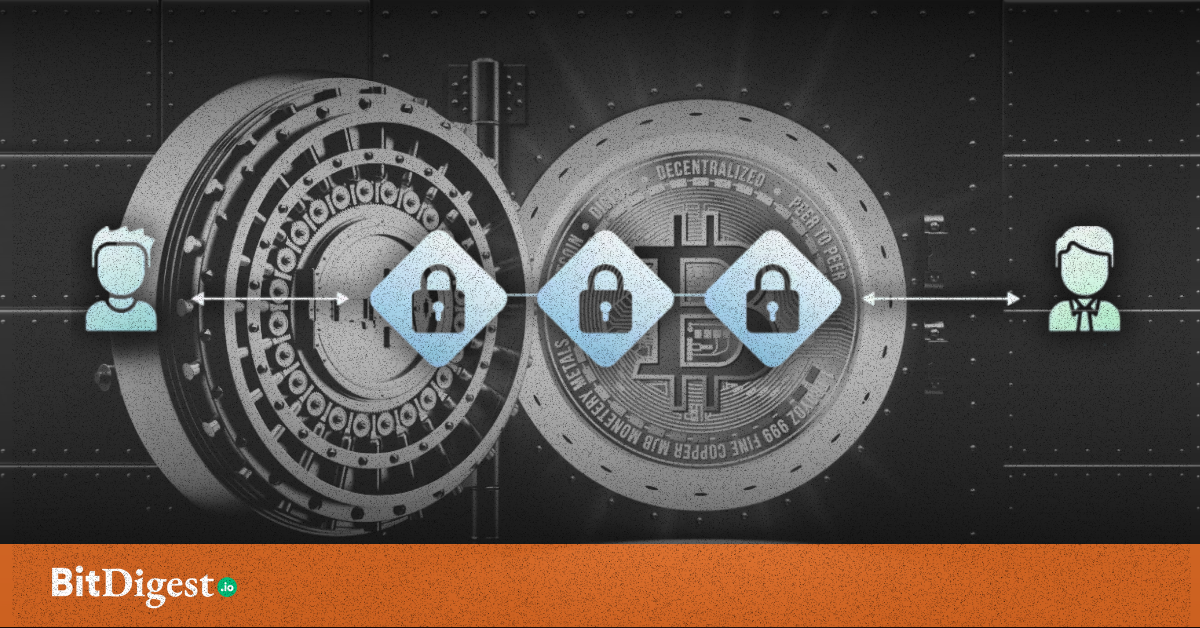Demystifying DePIN with peaq
In 2024, the term DePIN, or Decentralized Physical Infrastructure Networks, is one of the new buzzwords in the Web3 space. DePIN refers to physical infrastructure networks which manage and exchange personal data in a decentralized manner using blockchain or similar decentralized technologies. These community-run networks are usually for physical infrastructure like electric vehicle charging and telecoms.
In contrast with centralized networks, they distribute control across multiple nodes or participants and offer users greater control over their information. Although this concept has been around for some time, it’s now used specifically to emphasize how Web3 is used in real-world applications.
DePINs use tokens to incentivize communities to utilize hardware to build physical infrastructure networks. They can be categorized into Physical Resource Networks (PRNs) and Digital Resource Networks (DRNs).
- PRNs incentivize the deployment of location-dependent hardware to offer real-world, non-fungible goods and services such as food delivery and renewable energy.
An example of this would be a decentralized electric vehicle (EV) charging network. In this system, participants would be incentivized to deploy EV charging stations in various locations to offer real-world charging services. Users could pay for charging services using tokens within the network, and those who host the charging stations would earn tokens as rewards for providing the service.
- DRNs incentivize the deployment of hardware for fungible digital resources like storage and bandwidth.
An example would be a decentralized cloud storage network. Participants in this network would contribute their unused storage space to create a distributed storage infrastructure. Users would then pay these storage space providers through network tokens for the right to securely store their digital data across this decentralized network.
How Do DePINs Work?
DePINs rely on three fundamental components:
- The Off-Chain Network of a DePIN is made up of users who need resources like computing power or data storage and service providers who offer such resources.
- The blockchain acts as a mediator between end users and service providers. It functions as a transparent ledger for handling payments, escrow contracts, and ensuring the accuracy and traceability of transactions. All interactions between users and providers are recorded on-chain.
- Protocols establish the operational rules of a DePIN. These rules dictate security measures, token circulation, provider eligibility, user-provider interactions, and other features that shape how the DePIN operates.

peaq
DePINs are made possible with the help of platforms like peaq. Built with Substrate, it enables machines to provide services and achieve self-sufficiency through peer-to-peer technologies like Machine NFTs, DeFi, and Self-Sovereign Identity (SSI). peaq empowers developers to create decentralized applications (dApps) for transportation, machinery, and everyday devices. It applies decentralization to physical infrastructure with the goal of building a network for the "Economy of Things."
peaq features several key attributes:
- Decentralized: With a Nakamoto Coefficient exceeding 90, peaq achieves exceptional decentralization as a benefit of being a Polkadot parachain, surpassing major Layer-0 such as Cosmos and Avalanche and Layer-1 blockchains such as Solana and Sui.
- Speed and Efficiency: Starting with a block time of 6 seconds, peaq has the potential to scale down to approximately 0.25 seconds with the help of core time.
- Scalable: Through Polkadot’s elastic scaling and core time, peaq has the access to potentially to handle over 100,000 transactions per second. Currently, peaq handles over $25 million tokenized machine real-world assets and over 300,000 machines, robots, vehicles, and other devices.
- Environmentally Friendly: Utilizing Polkadot’s environment-friendly blockchain architecture, the peaq network prioritizes sustainability and eco-consciousness in all its operations.
- Low Transaction Costs: Transaction fees are kept low, around $0.00025, thanks to peaq's architecture and the inexpensive block space provided by Polkadot.
Key features of peaq include Modular DePIN Functions such as peaq ID, peaq access, and peaq pay, which facilitate machine ownership, access management, and peer-to-peer payments. peaq also has a Web3 machine control center (peaq control) which simplifies onboarding of machines to the network. Overall, peaq's tokenomics model is very effective at incentivizing DePIN participation and subsidizing new machine deployments.
Furthermore, peak uses a multi-chain strategy that ensures interoperability with other layer-1 networks and DeFi services. Future DePIN-focused functions will include geolocation oracles, enhancing the network's utility. peaq also offers an Ecosystem Grant Program to support DePIN development efforts.
Developed by Berlin-based startup EoT Labs and empowered by a $15 million funding round led by Generative Ventures and Borderless Capital, peaq is one of the world's fastest-growing DePIN ecosystems. It hosts over 20 DePIN projects in multiple sectors ranging from agriculture to ride-sharing.
Owning PEAQ tokens offers users several benefits. Token holders get to participate in network governance, including voting on which new machines should be subsidized and having a say in crucial decisions about global upgrades or changes to the network. For instance, users can vote to prioritize funding for a decentralized ride-sharing application that directly arranges for rides between users and drivers. PEAQ tokens are also used to mint Machine NFTs, which means token holders can own and potentially profit from real-world machine assets. Token holders can also engage in liquidity mining and provision to earn passively while supporting the stability of the network.
DePIN in the Philippines
In the context of the Philippines, let’s consider several things DePINs could facilitate:
- Peer-to-peer electric car charging: This innovation allows any electric car to charge at any station regardless of which company manufactured it. With no third party managing the charging station, electric vehicle owners benefit from the increased accessibility and convenience decentralization brings.
- Autonomous food delivery: Decentralized applications (dApps) can make food delivery more efficient and cost-effective for both businesses and consumers. Through blockchain technology, dApps can provide a transparent and tamper-proof record of transactions for food vendors while reducing the need for company-managed servers and additional technology costs. They also help businesses build trust with their customers by letting any user see the journey of their order from the kitchen to their doorstep.
- Community-built WiFi networks: DePINs enable the creation of high-speed and reliable WiFi networks through community-sourced physical infrastructure. This of course helps improve internet access and connectivity.
- Decentralized data storage: DePINs use community-contributed infrastructure to create secure and reliable data storage networks. This ensures both data privacy and easy access to data in a cost-effective way.
- Real-time air quality monitoring: Community-sourced sensors connected with each other through a decentralized network can help monitor air quality and pollution levels in real time. This kind of initiative would greatly boost environmental awareness and help keep the public safe.
By harnessing decentralized technologies to solve real-world problems, DePINs are revolutionizing our infrastructure systems. As they continue to evolve, platforms like peaq are key in supporting this progress and boosting community involvement.
.svg)

.svg) SHARE TO FACEBOOK
SHARE TO FACEBOOK SHARE TO TWITTER/X
SHARE TO TWITTER/X SHARE TO LINKEDIN
SHARE TO LINKEDIN SEND TO MAIL
SEND TO MAIL





.svg)


.svg)